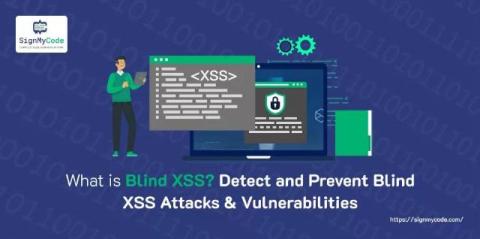Unveiling LIMINAL PANDA: A Closer Look at China's Cyber Threats to the Telecom Sector
On Tuesday, November 19, 2024, Adam Meyers, CrowdStrike Senior Vice President of Counter Adversary Operations, will testify in front of the U.S. Senate Judiciary Subcommittee on Privacy, Technology, and the Law on Chinese cyber threats to critical infrastructure. Within his testimony, Adam will speak publicly for the first time about a China-nexus state-sponsored actor that CrowdStrike Counter Adversary Operations tracks as LIMINAL PANDA.











